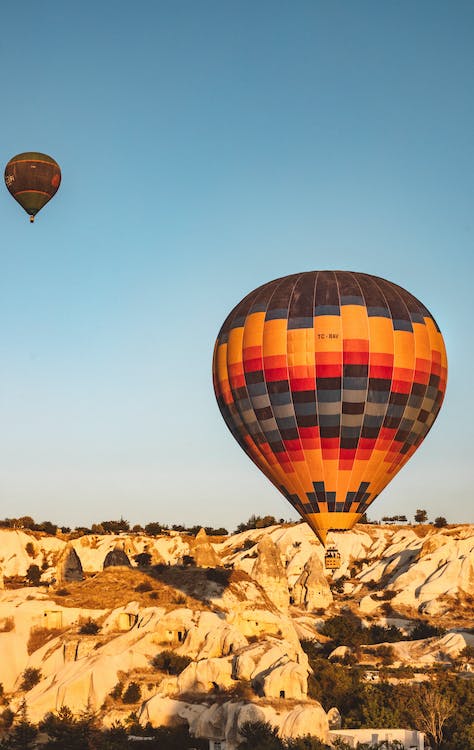
A Japanese business has revealed plans to begin commercial space viewing balloon flights, hoping to bring an otherwise outrageously costly experience closer to the ground.
According to company CEO Keisuke Iwaya, passengers do not need to be multibillionaires, undergo rigorous training, or speak a foreign language in order to ride in a rocket.
Iwaya told reporters that it's safe, inexpensive, and kind for individuals. The concept is to make space travel accessible to everyone. To democratize space is the goal.
Iwaya Giken, a firm located in Sapporo, northern Japan, has been working on the project since 2012. It claims to have created an airtight two-seat cabin and a balloon that can soar to a height of 25 kilometers (15 miles), where the Earth's curvature can be seen clearly. Passengers will be higher than a jet airliner flies and will have a clear glimpse of space, even if the balloon only ascends to around the middle of the stratosphere.
When the business is prepared for a business trip, the corporation will work with the prominent Japanese travel agency JTB Corp., who joined forces with them. Iwaya said that his ultimate goal is to lower the cost of a flight to several million yen (tens of thousands of dollars) from the current initial cost of roughly 24 million yen ($180,000).
Iwaya said that despite the fact that US firms like SpaceX have outperformed Japanese space enterprises, his goal is to increase access to space.
After two years of transporting astronauts to the orbiting lab for NASA, SpaceX sent three wealthy businessmen and their astronaut escort to the International Space Station in April at a cost of $55 million apiece.
According to business executives, the Iwaya Giken vessel will be propelled by helium that can be substantially reused, unlike a rocket or a hot air balloon, and flights would safely remain over Japanese land or airspace. The first journey is anticipated to happen as early as this year.
The balloon, which can accommodate a pilot and passenger, would launch from a balloon port in Hokkaido, ascend for two hours to a height of up to 25 kilometers (15 miles), remain there for an hour, and then descend for an additional hour. According to the corporation, the plastic cabin is fashioned like a drum and is 1.5 meters (4.9 feet) in diameter. It includes numerous sizable windows that provide a view of the Earth or the space above.
To the end of August, applicants may still submit their applications for a space viewing ride. According to business representatives, the first five chosen passengers will be notified in October. Depending on the weather, flights would be spaced around a week apart.












